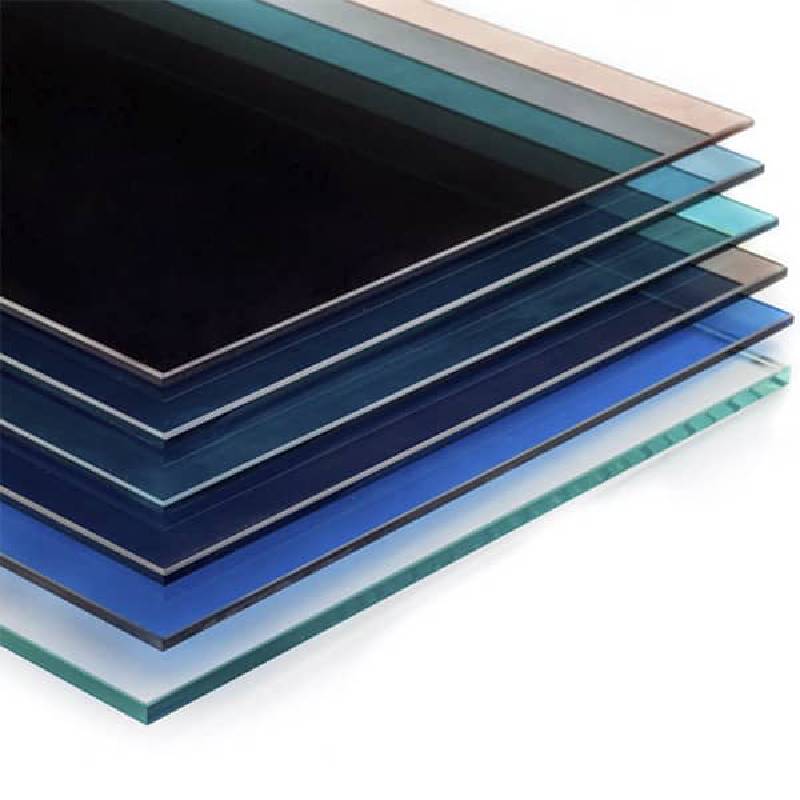

The Cost of Low-E Glass Per Square Metre A Comprehensive Overview
Low-emissivity (Low-E) glass is increasingly recognized as an advanced glazing option that significantly enhances energy efficiency in buildings. Unlike traditional glass, Low-E glass has a special coating that reflects infrared heat while allowing visible light to pass through. This property makes it an essential choice for those looking to reduce energy costs and improve indoor comfort. However, one important aspect that potential buyers and builders must consider is the cost per square metre of Low-E glass.
Understanding the Costs
As of recent market analysis, the cost of Low-E glass typically ranges between $50 to $150 per square metre, depending on several factors. These factors include the type of Low-E coating, the thickness of the glass, and whether it is single, double, or triple-glazed. For instance, while standard Low-E glass may be on the lower end of the price spectrum, specialized coatings designed for maximum solar heat gain could increase the cost significantly. Additionally, double and triple-glazed units provide better insulation properties, yet they also come at a higher price point due to the additional layers of glass and gas fill.
Comparative Analysis
When evaluating the cost of Low-E glass against traditional glass, the initial investment in Low-E can seem substantial. Traditional clear glass ranges from $30 to $100 per square metre. However, one must consider the long-term benefits—Low-E glass can substantially reduce heating and cooling costs, often paying for itself over time through energy savings. Moreover, buildings equipped with Low-E glass may benefit from higher resale values and potentially lower insurance premiums due to reduced risk of heat loss or gain.

Benefits Beyond Cost
Apart from cost savings, Low-E glass also offers various advantages that enhance the building's overall performance. For instance, it helps in maintaining a stable indoor temperature, which can lead to a significant reduction in reliance on HVAC systems. This not only translates to lower energy bills but also contributes to a more sustainable lifestyle. Additionally, Low-E glass minimizes UV radiation entering the building, protecting furnishings and decor from fading over time.
Factors Influencing Prices
Several factors influence the pricing of Low-E glass. The geographical location can play a significant role; in areas with stringent energy efficiency regulations or harsher climates, demand for Low-E glass may drive up prices. Installation costs, which include labor and setup, should also be factored into the total expenditure. Homeowners often overlook these costs, but professional installation is crucial for maximizing the benefits of Low-E glass.
Conclusion
In conclusion, while the initial cost per square metre of Low-E glass may be higher than traditional alternatives, the long-term savings and benefits are substantial. Investing in Low-E glass not only bolsters energy efficiency but also enhances living spaces' comfort and aesthetics. For those contemplating a renovation or new construction, considering Low-E glass could be one of the smartest decisions for a sustainable and cost-effective future. As energy efficiency becomes increasingly essential in modern construction, understanding these dynamics will empower homeowners and builders to make informed choices that favor both their wallets and the environment.